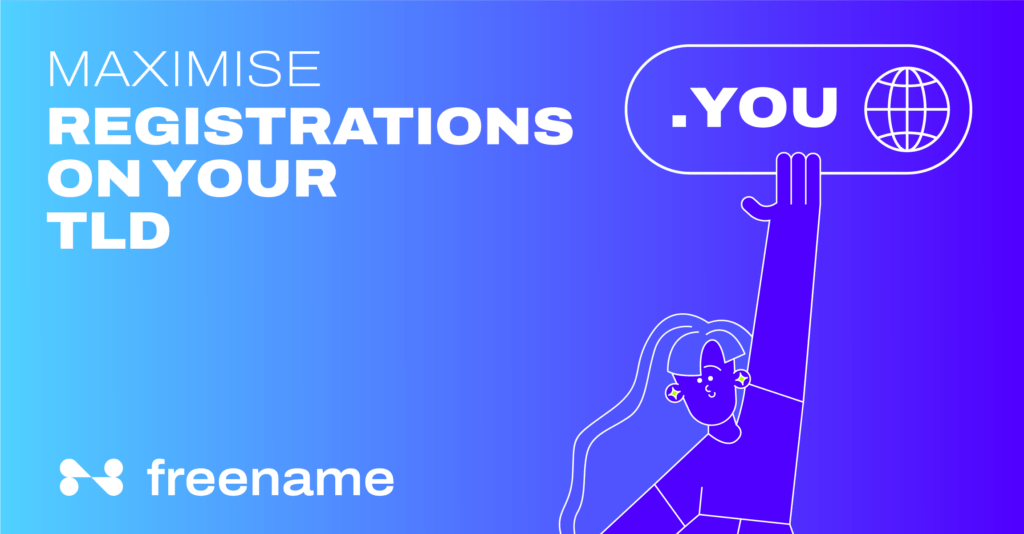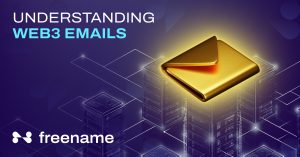Domain Name Disputes and UDRP Policy

The domain names were made available to the public for purchase in 1986. By 1992, there were about 15,000 domains. At the time of writing, there are about 354 million domains. But do you know that disputes can arise from a mere act of buying a domain? Someone in another part of the world can sue you under the UDRP policy.
This article explains UDRP policy and how it resolves domain name disputes.
What is UDRP Policy?
UDRP stands for Uniform Domain-Name Dispute-Resolution Policy. The policy was enacted by ICANN to resolve the disputes arising out of domain name registration.
Domain names are global, i.e., anyone with an internet connection can buy a domain. However, ownership rights and violation laws vary from region to region.
UDRP mitigates that by bringing uniformity and offering a neutral venue for resolving disputes.
Today, the policy is adopted by all ICANN-recognized registrars. So, every time you buy a domain from any registrar, you acknowledge that you abide by the UDRP policy.
Likewise, if you become a registrar in the future and start selling domain names to customers, it’ll be your responsibility to uphold the laws laid out in the UDRP.
Why Domain Name Disputes Occur?
UDRP policy helps resolve the domain name disputes. But what led to these disputes in the first place?
Most, if not all, domain disputes arise from violations of trademark or copyright laws.
If someone purchases a domain name tied to a trademark (other than the trademark holder), the trademark holder can raise a dispute. Thus, there is a tension between trademark holders and domain name registrants.
As the internet was widely adopted in the early 1990s, more people began buying domain names. And as you may know, the domain name goes to the first person that claims it, irrespective of whether it’s a trademark or not. Soon, this became a problem.
The ICANN is tasked with solving this ‘trademark dilemma,’ i.e., using trademarks as domain names without the approval of the trademark holder.
The solution arrived at was the UDRP policy, under which such disputes will be resolved. If the registrant is found guilty of the violation, they would have to transfer the domain name rights to the trademark holder.
WIPO’s Role
By 2023, there were 121,192 domain name disputes at WIPO (World Intellectual Property Organization), either pending or resolved. 10,603 of those disputes occurred in 2023 itself, the highest ever in a calendar year.
But merely purchasing the domain name related to the trademark doesn’t mean the registrant is guilty. There are certain conditions that WIPO takes into consideration when determining the violation. These are collectively called domain name registration under ‘bad faith’:
- The domain name was registered primarily for profit, either via selling to the trademark holder for a huge sum or renting it out
- The domain name was registered to prevent the trademark holder from claiming its online presence
- The domain name was registered to disrupt the business
- The domain name was registered to create confusion among internet users
If the administrative panel decides a domain name was registered in bad faith, they can transfer it to the appropriate party.
The purpose of the UDRP policy is to ensure a clean, open, and ethical internet for all.
With the rise in the web3 internet, the laws are likely to also apply to web3 domain holders. Thus, you must stay attentive and uphold the policy wherever necessary.









